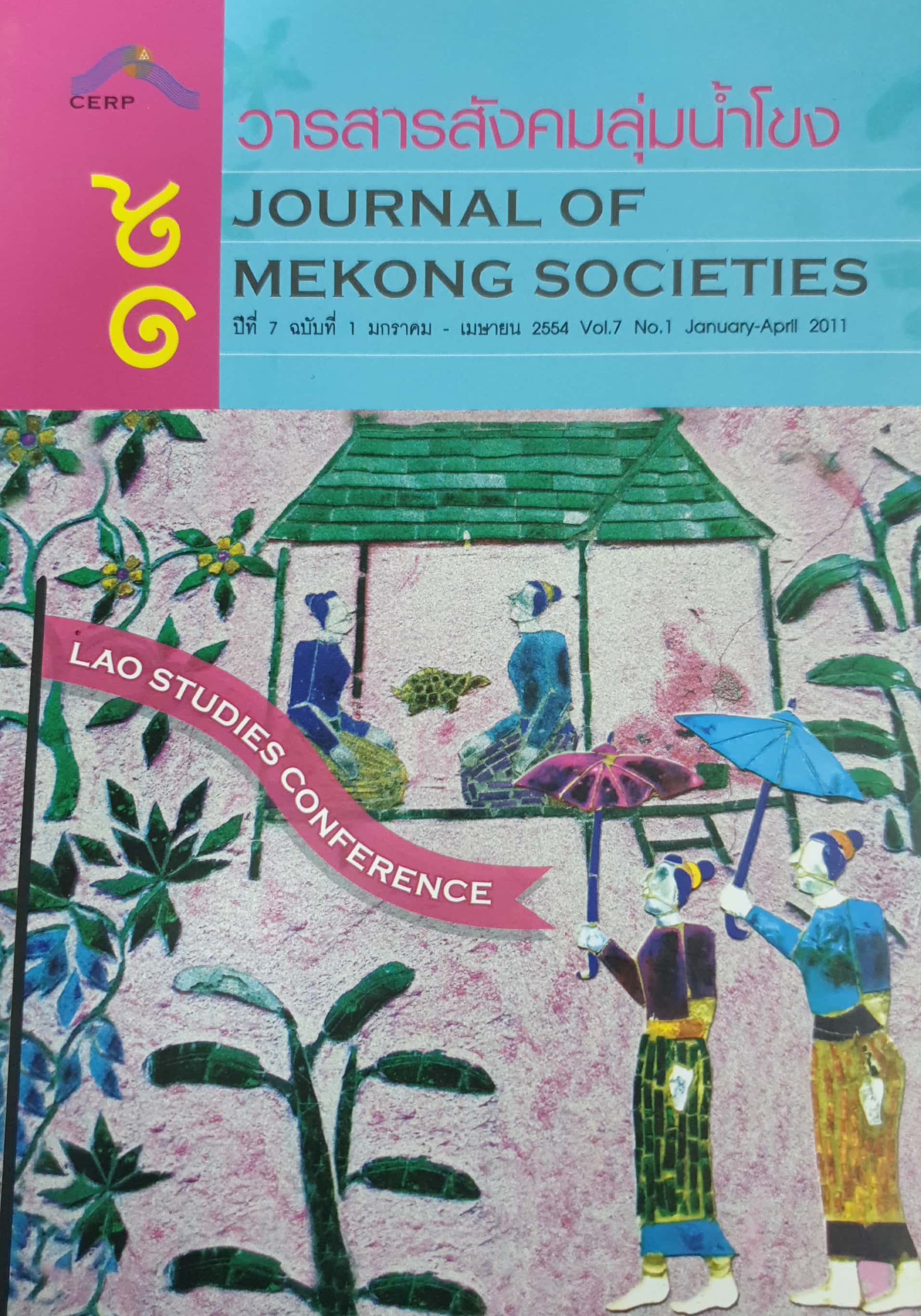The Role of Livestock in Changing Upland Livelihoods in Northern Lao PDR: Facilitating Farmer Learning According to Ethnicity and Gender
Main Article Content
Abstract
Livestock production in the Lao PDR is playing an increasingly important role in securing rural household income, saving labor and improving livelihoods in the northern uplands. Traditional systems of low input, free grazing of cattle, buffalo, goats, pigs and chickens are being replaced by closer management practices. This paper describes action research across three northern provinces to improve and adapt livestock practices with farmers from different ethnic groups, genders and environments. District livestock staff worked with farmers from Hmong, Khamu, Akha, Tai Deng, Tai Dam, Lao Phuan and Lao Loum ethnic groups. Villages and ethnic groups vary in their motivation and capacity to improve livestock production as well as preferences for keeping particular livestock. These differences are highlighted in the article along with our research on how to tailor livestock services to poor and remote ethnic farmers in the uplands. The paper concludes with a discussion on future challenges and opportunities for upland farmers engaging in livestock production the Greater Mekong Sub-region.


